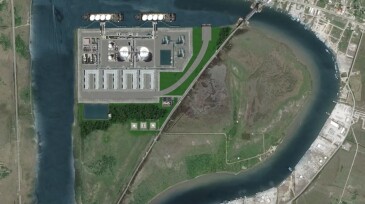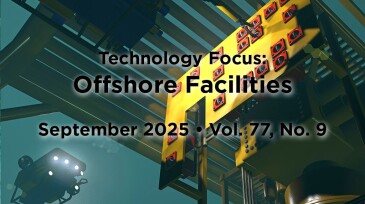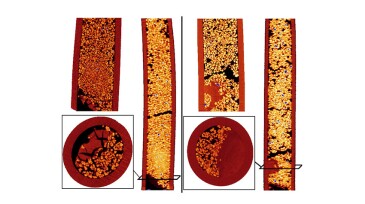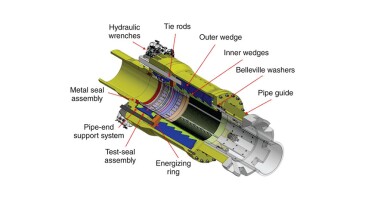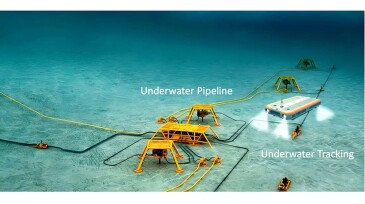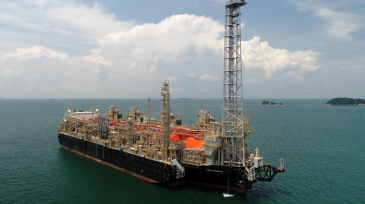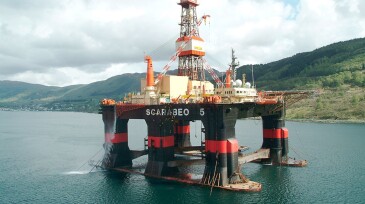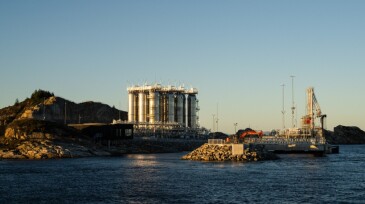Onshore/Offshore Facilities
Sponsored
As HPHT wells push equipment to the edge of material limits, operators are turning to advanced thermoplastics and sealed electrical assemblies to maintain system integrity. From ESP insulation to BOP control systems, the right component design can prevent failures, lower intervention costs, and extend equipment life in the harshest offshore environments.
The new development is estimated to hold 46 million bbl of recoverable oil and is planned to start up in late 2028.
The project in the US Gulf is expected to add about 15,000 BOEPD to the deepwater Atlantis project at peak production.
-
Louisiana-based project will use operator’s Optimized Cascade process to turn feed gas into LNG.
-
Updates about global exploration and production activities and developments.
-
The offshore industry is actively embracing a digital-first, low-carbon future, supported by scalable demonstrators, intelligent systems, and integrated engineering approaches now entering precommercial or early-deployment stages.
-
This paper reviews the motivation and development of response-based forecasting from the perspective of the authors, reviewing examples and processes that have served as validation and led to modeling refinement.
-
This study contributes to enhancing the understanding of scale-inhibitor retention in rock formations.
-
This paper compares traditional welded techniques, such as above-water repair methods and underwater hyperbaric welding, with the novel options offered by subsea connectors purposely developed for corrosion-resistant-alloy-clad pipelines.
-
This paper introduces a technology for offshore pipeline inspection centered on an autonomous robotic system equipped with underwater computer vision and edge-computing capabilities.
-
The floating liquefied natural gas ship Hilli Episeyo, currently offshore Cameroon, is planned for upgrades before redeployment to Argentina.
-
As a champion of floating natural gas liquefaction technology, Eni is positioning itself to play a major role in Africa with a fast-growing gas-liquefaction capacity targeted to reach 14 million tonnes per year by 2028.
-
The initial phase of the carbon capture and storage project has a capacity of 1.5 million tonnes per year, with a second phase—due online in 2028—expected to bring the storage capacity to 5 million tonnes per year.




